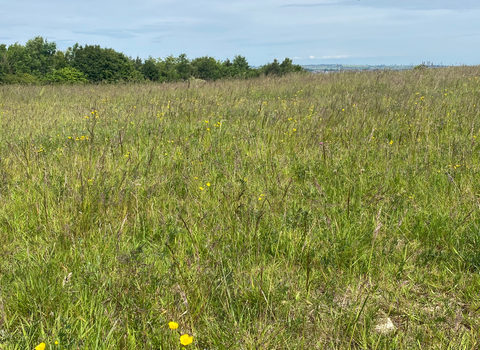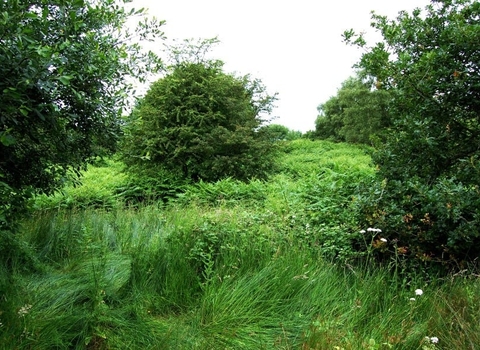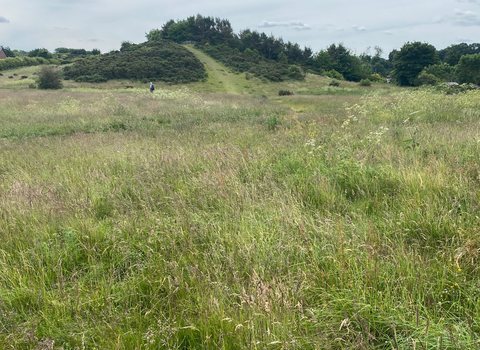Barlow Burn
Location
Know before you go
Dogs
When to visit
Opening times
Open all hoursBest time to visit
April to AugustAbout the reserve
The site has several blocks of woodland with disused sand quarry habitats including ponds and grasslands. Bog Wood has rich and diverse ground flora unique in Gateshead including globeflower, bogbean, yellow flag, narrow buckler fern and meadowsweet. Streamside vegetation has tall-herb communities with celery-leaved water crowfoot, hairy willowherb, sweet cicely and figwort. Large bittercress, marsh marigold and marsh hawk’s-beard is found in wooded areas. The grasslands have considerable botanical interest with sheep’s-bit and kidney vetch growing on bare ground with restharrow, bird’s-foot-trefoil and harebell in more closed communities. There are good numbers of butterflies including dingy skipper, wall brown and common blue. The old quarry settling ponds are heavily vegetated with reedmace as the dominant marginal and water horsetail with occasional water plantain and hairy willowherb. Broad-leaved and Canadian pondweed is abundant with smaller amounts of water-starwort. Breeding birds abound include water rail, reed bunting, sedge warbler, grasshopper warbler and little grebe as well as large populations of frogs and toads. Durham Wildlife Trust took over the management of this site from Gateshead Council in June 2014 and will be continuing the work to develop the area for wildlife.
Accessibility and facilities
The main track through the reserve is suitable for off-road children's buggies but not for wheelchairs.
Mixed terrain, not wheelchair friendly but accessible for children and pushchairs, with unsurfaced footpaths through the woodland area and around the ponds.






